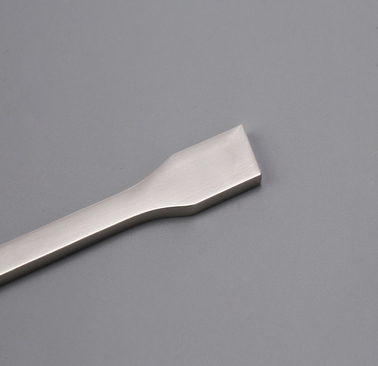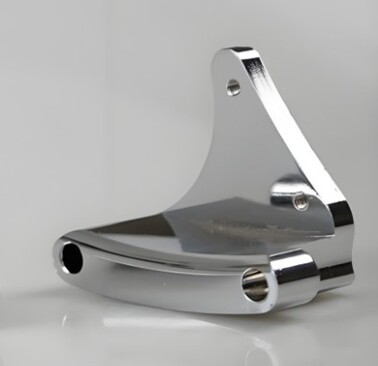What is electroplating?
Electroplating is a process that uses an electric current to deposit a thin layer of metal onto the surface of another material, usually for protective, decorative or functional purposes.
The object to be plated is immersed in an electrolyte solution containing metal ions, and then an electric current is applied, which causes the metal ions to adhere to the surface of the object, forming a uniform and durable coating.
Electroplating is used in a wide range of industries, from jewelry manufacturing to electronics, to enhance the performance and appearance of components.















